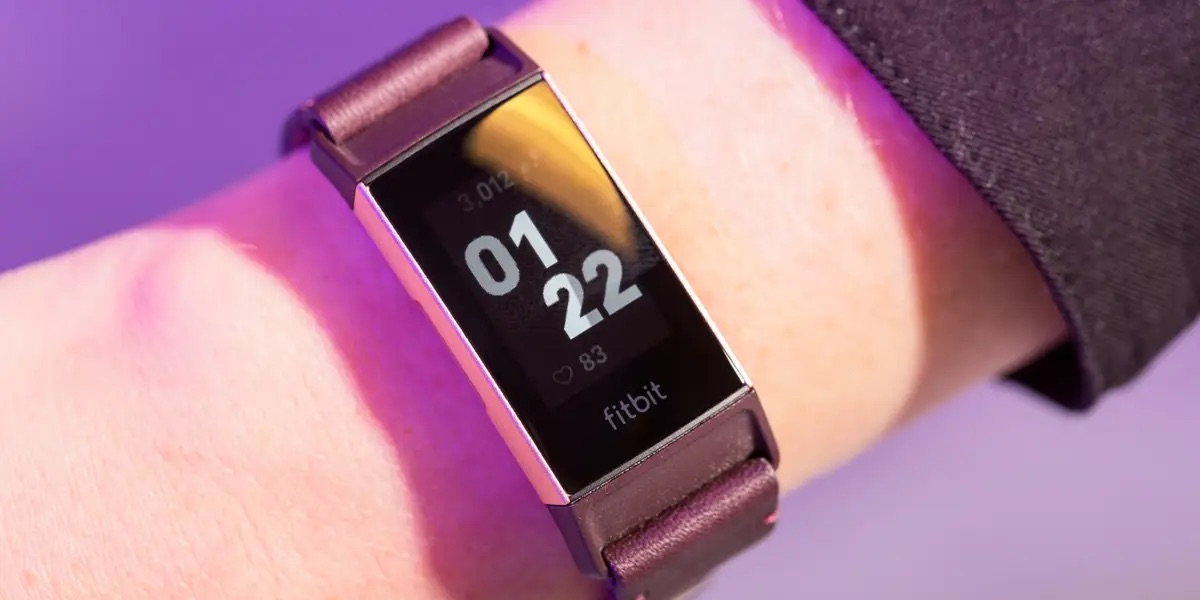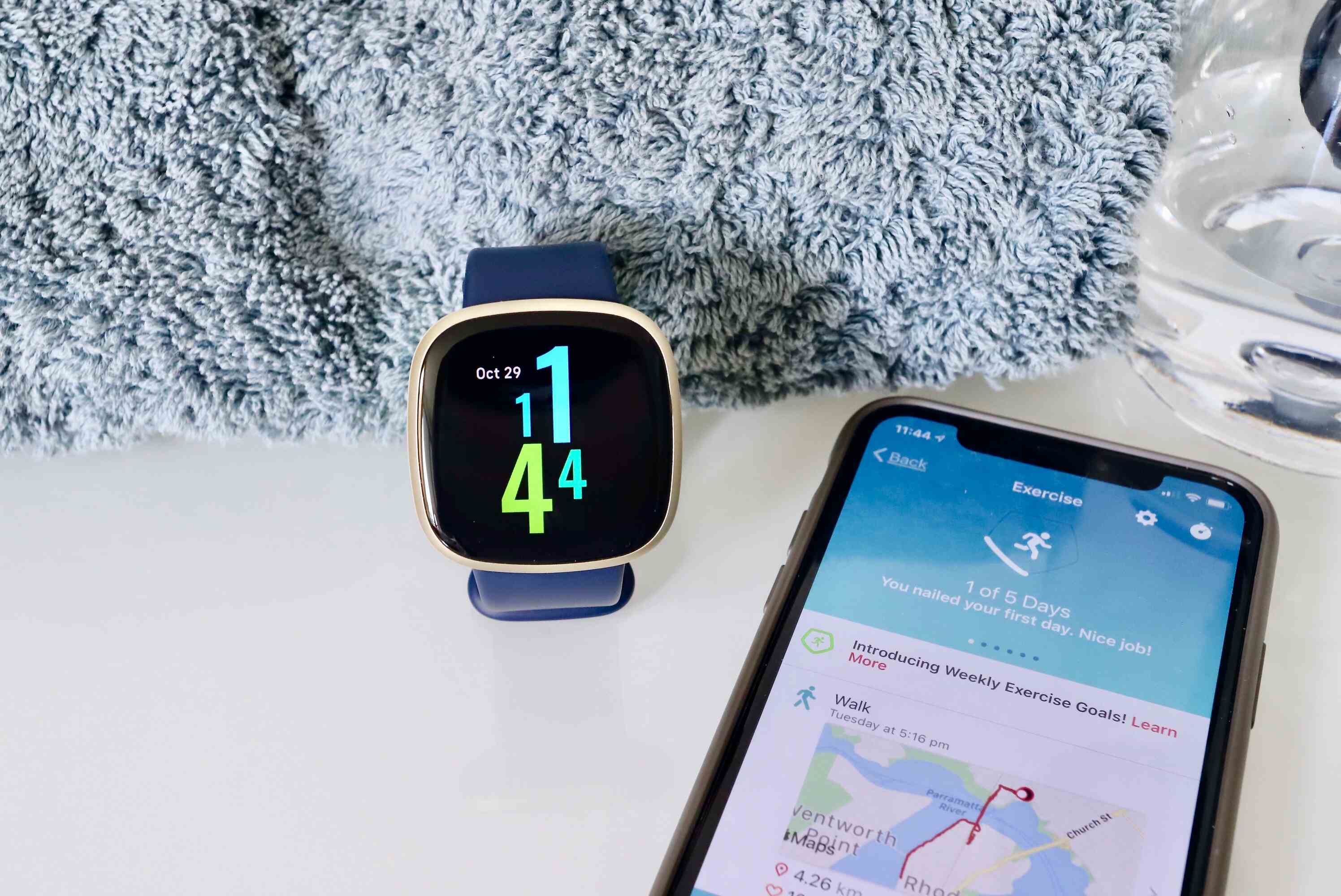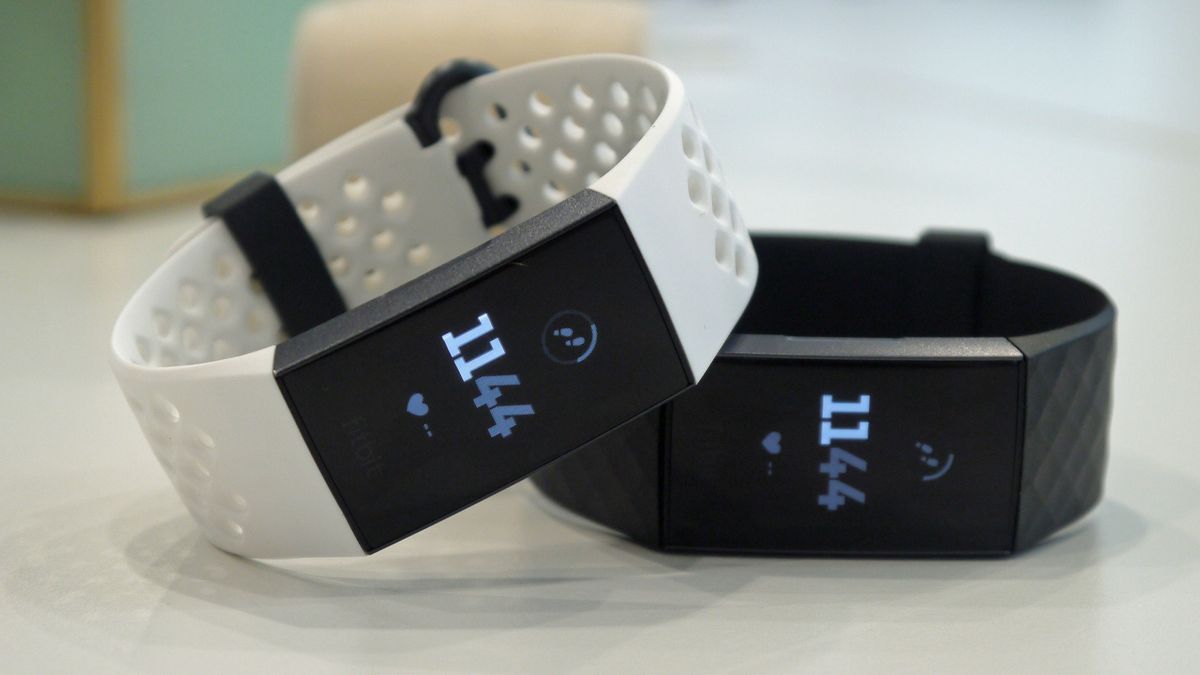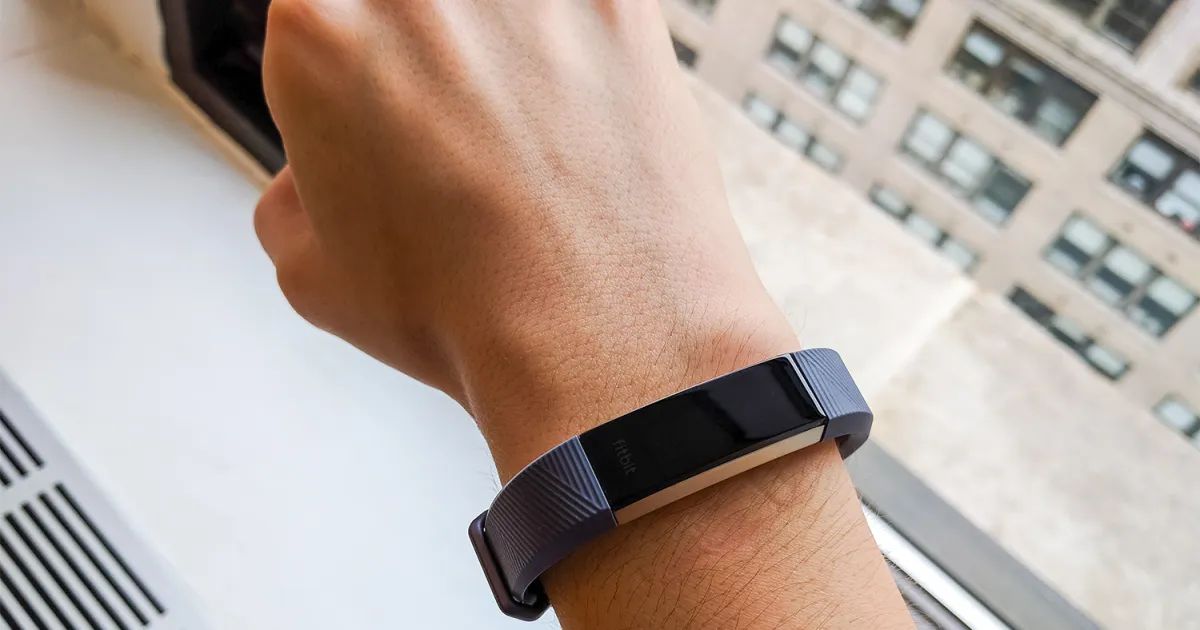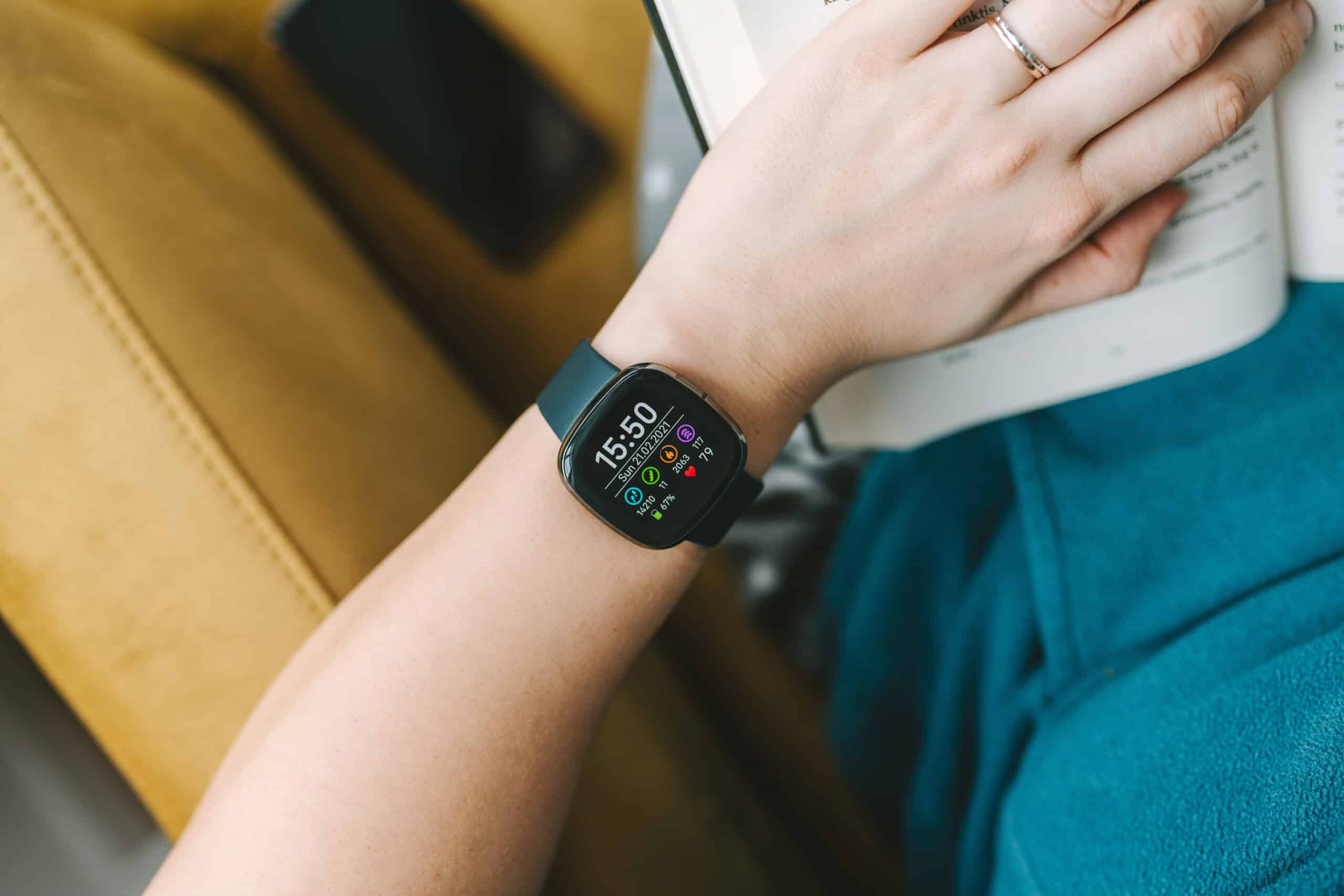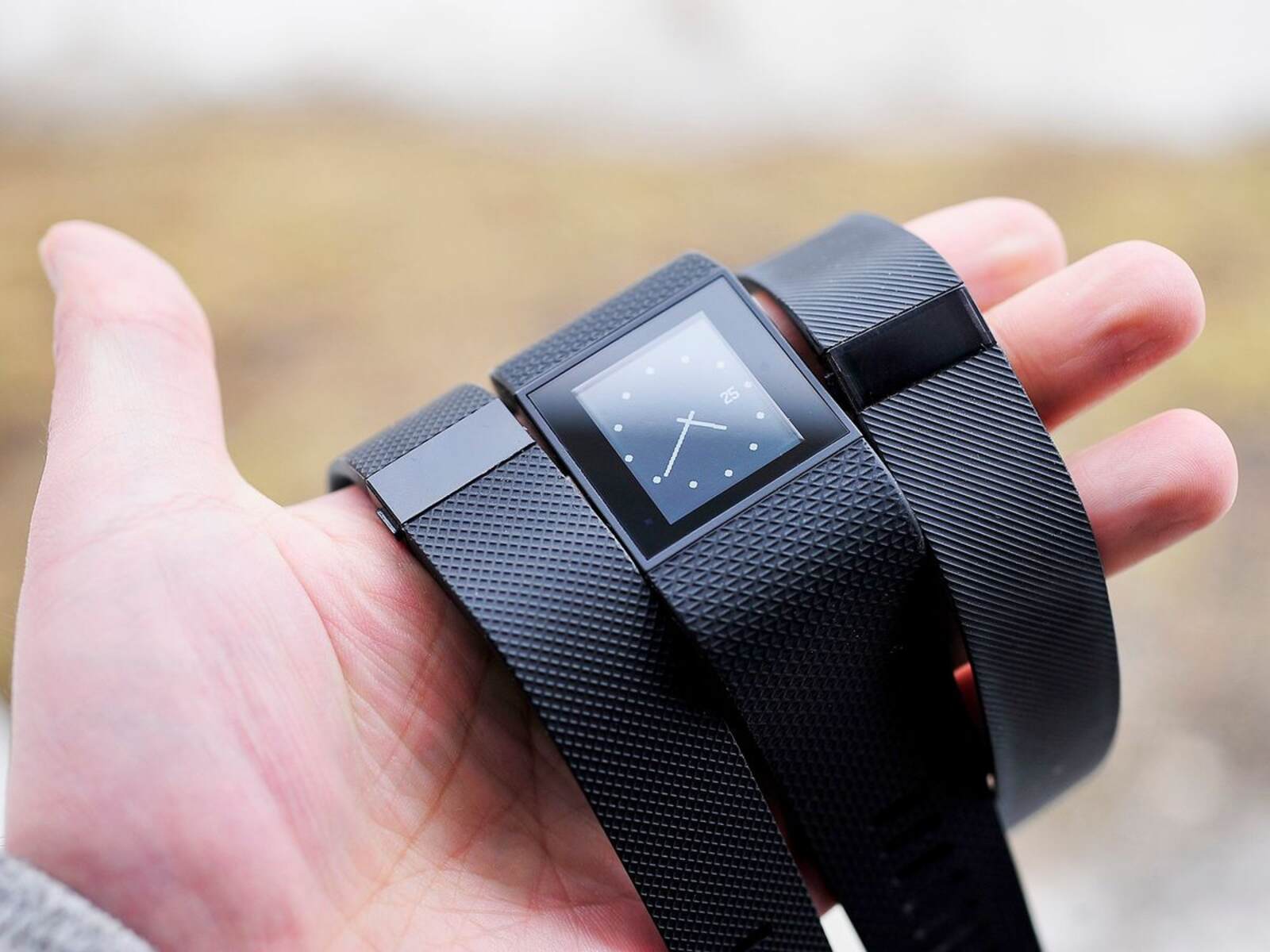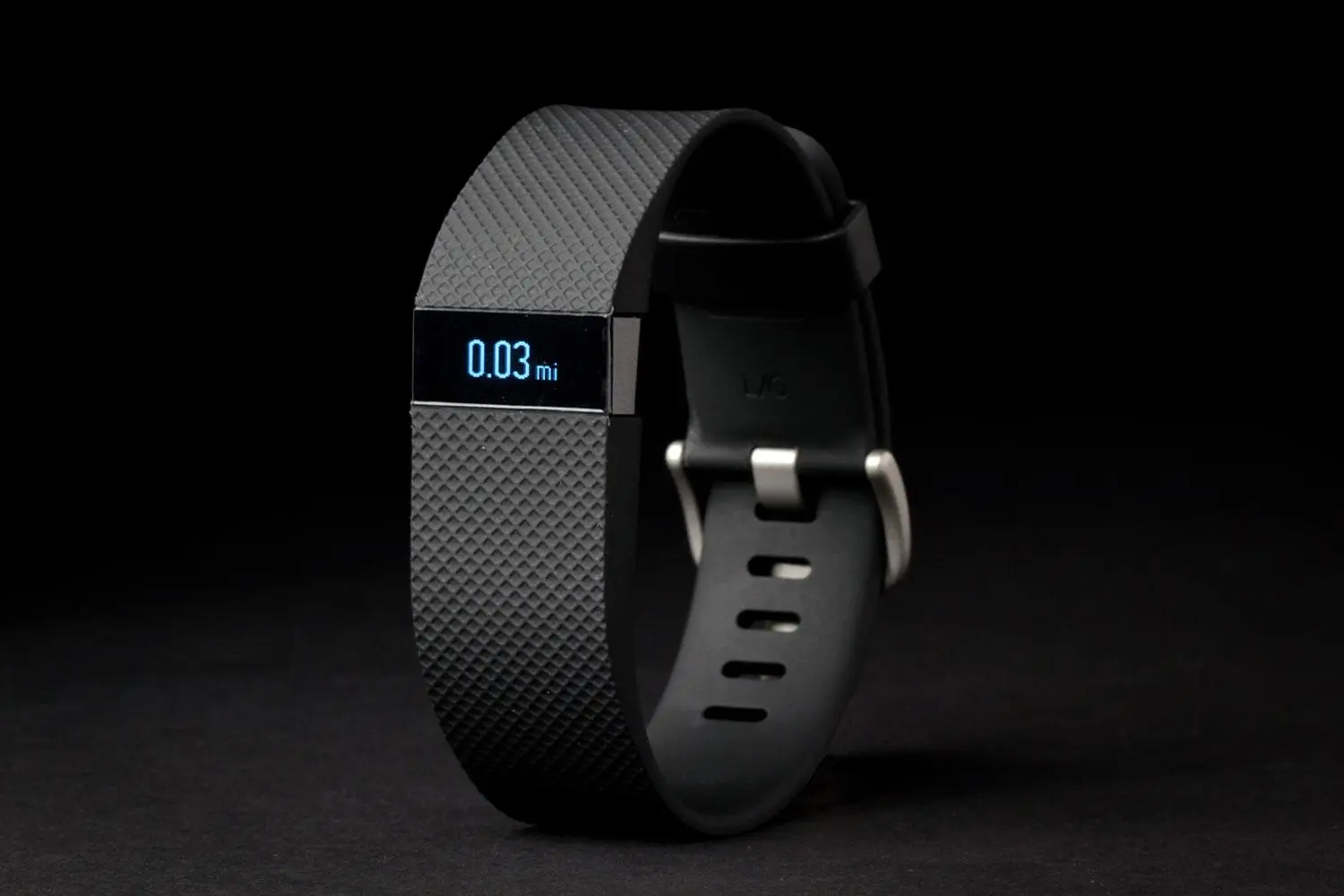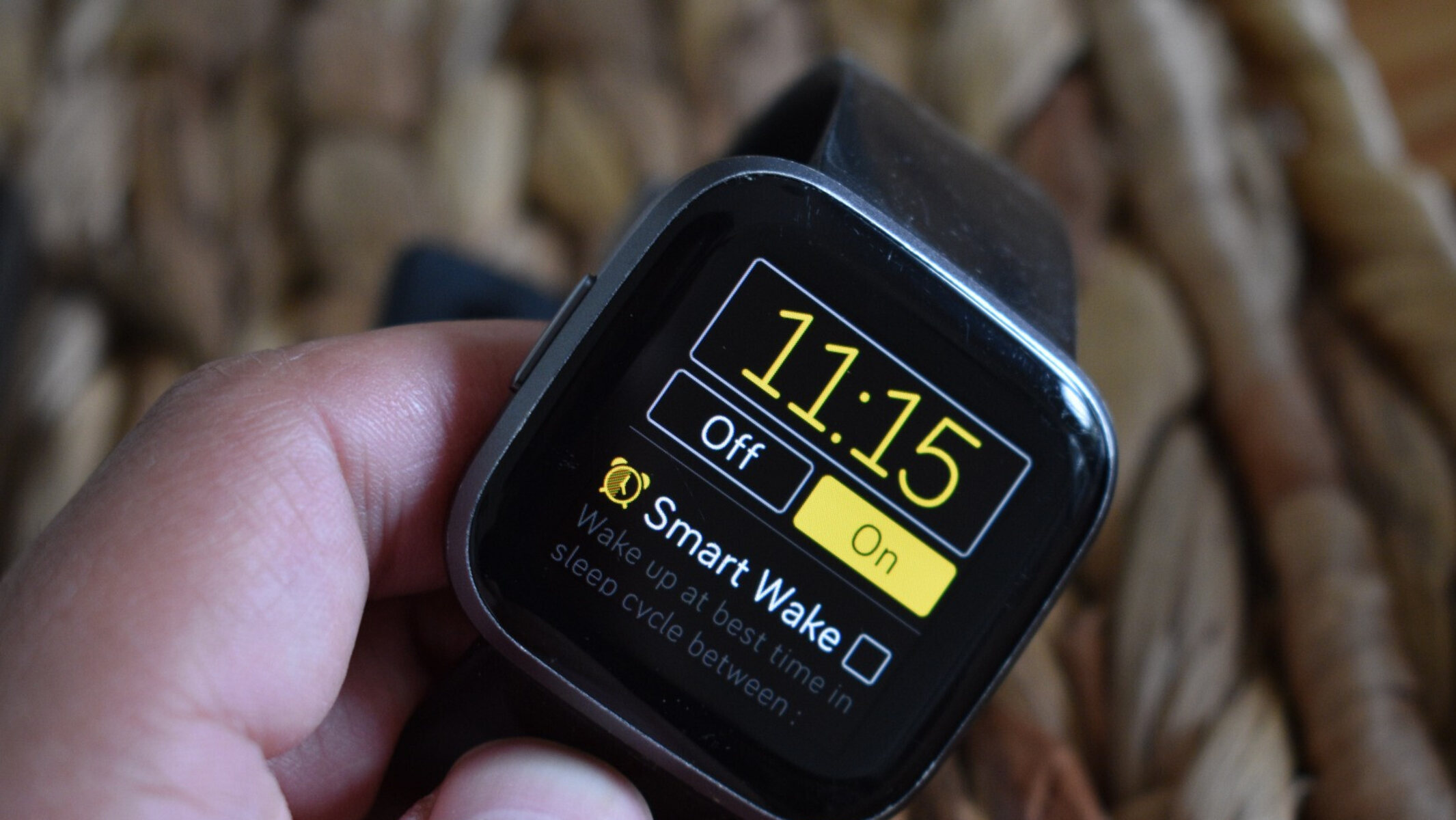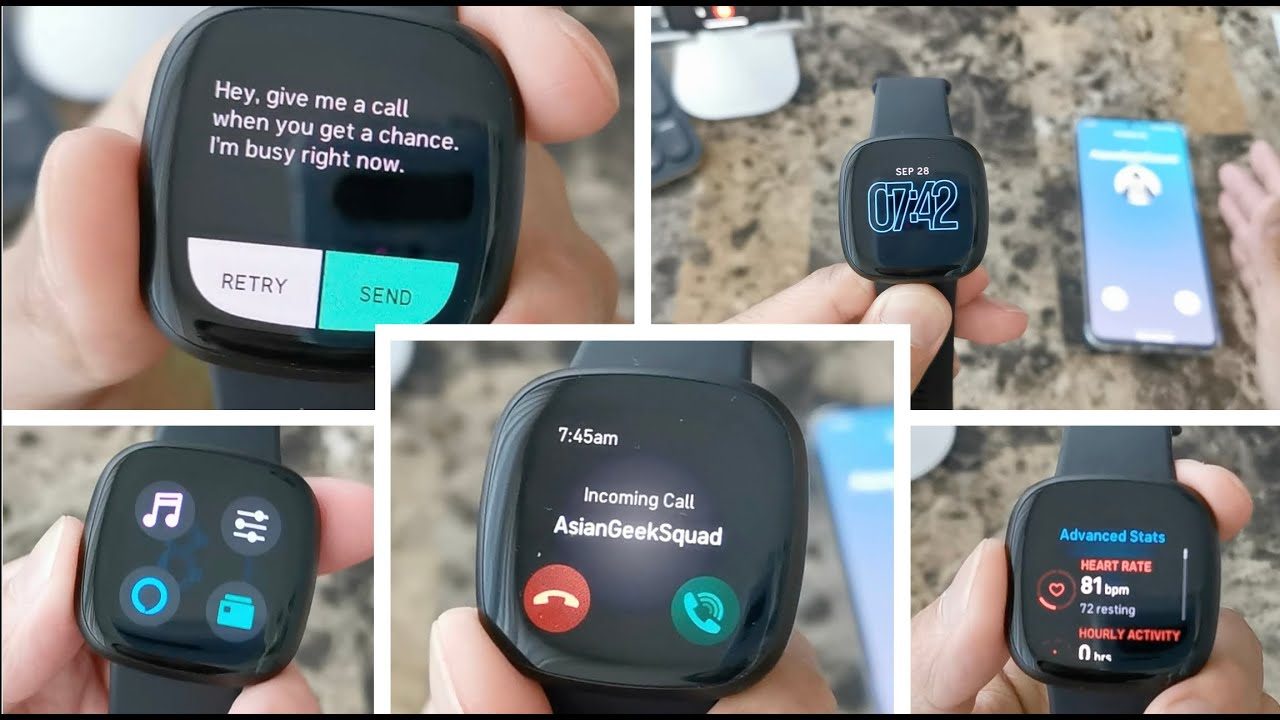Introduction
Setting the date and time on your Fitbit is a fundamental step in personalizing your wearable device and ensuring that it accurately tracks your activities. Whether you're embarking on a new fitness journey or simply seeking to stay organized, having the correct date and time on your Fitbit is essential for syncing data, tracking your progress, and receiving timely reminders. In this guide, you will learn how to effortlessly set the date and time on your Fitbit device, enabling you to make the most of its features and functionalities.
Ensuring that your Fitbit reflects the accurate date and time is crucial for various reasons. Firstly, it plays a vital role in tracking your daily activity, exercise sessions, and sleep patterns. By having the correct time set, you can rely on your Fitbit to provide precise data, empowering you to make informed decisions about your health and fitness goals. Additionally, setting the date and time accurately on your Fitbit allows you to receive notifications and reminders at the right moments, keeping you on track with your schedule and commitments.
Moreover, having the correct date and time on your Fitbit ensures seamless synchronization with your smartphone or computer. This synchronization is pivotal for analyzing your fitness progress, accessing historical data, and maximizing the functionality of your Fitbit app. Whether you're eager to review your workout history, monitor your sleep trends, or track your heart rate patterns, maintaining the accurate date and time on your Fitbit is the cornerstone of a seamless and reliable user experience.
By following the simple steps outlined in this guide, you will gain the confidence and proficiency to set the date and time on your Fitbit with ease. Whether you're a seasoned Fitbit user or embarking on your fitness journey with a new device, mastering this fundamental process will enhance your overall experience and enable you to harness the full potential of your Fitbit. So, let's embark on this journey together and ensure that your Fitbit is perfectly aligned with your schedule and lifestyle.
Step 1: Accessing the Settings Menu
Accessing the settings menu on your Fitbit is the first step towards customizing your device to suit your preferences. Whether you're using a Fitbit smartwatch or a fitness tracker, the process of accessing the settings menu remains consistent across the Fitbit product range.
To begin, ensure that your Fitbit device is powered on and the screen is active. Depending on the specific model of your Fitbit, you can access the settings menu directly on the device itself or through the Fitbit app on your smartphone.
If your Fitbit features a touchscreen display, you can typically access the settings menu by swiping or tapping on the screen to navigate through the device's interface. Look for the "Settings" or "Tools" option, which will grant you access to a range of customization features, including the ability to set the date and time.
For Fitbit devices that rely on physical buttons for navigation, accessing the settings menu often involves pressing the designated button to enter the device's menu system. Once inside the menu, you can scroll or navigate to locate the "Settings" option, which will lead you to the date and time settings.
Alternatively, if you prefer to use the Fitbit app on your smartphone to access the settings menu, ensure that your Fitbit is paired and connected to the app via Bluetooth. Once connected, navigate to the device settings within the app, where you will find a comprehensive array of customization options, including the ability to set the date and time.
By accessing the settings menu on your Fitbit, you pave the way for a personalized and tailored user experience. This foundational step allows you to fine-tune various aspects of your Fitbit device, ensuring that it seamlessly integrates with your lifestyle and preferences. With the settings menu at your fingertips, you are empowered to unlock the full potential of your Fitbit and embark on a journey of enhanced fitness tracking and personalization.
Whether you're a tech enthusiast or a fitness aficionado, mastering the art of accessing the settings menu on your Fitbit is a gateway to a world of customization and optimization. As you familiarize yourself with this pivotal step, you're laying the groundwork for a seamless and tailored Fitbit experience that aligns perfectly with your individual needs and preferences.
Step 2: Setting the Date and Time
Once you have accessed the settings menu on your Fitbit, the next step is to set the date and time according to your preferences. This process is essential for ensuring that your Fitbit accurately records and timestamps your activities, providing you with precise data to track your fitness journey effectively.
When you navigate to the date and time settings within the Fitbit menu, you will typically encounter intuitive and user-friendly interfaces designed to streamline the customization process. Depending on the specific model of your Fitbit device, you may be presented with options to set the date format, time format, time zone, and the ability to enable automatic time synchronization.
To begin setting the date and time, you will likely be prompted to select the appropriate date format that aligns with your personal preference. Whether you prefer the day-month-year format or the month-day-year format, Fitbit offers a range of options to cater to diverse global preferences, ensuring that your device reflects the date in a manner that resonates with you.
Following the selection of the date format, you can proceed to set the time according to your local time zone. Fitbit devices typically provide a seamless method for selecting your time zone from a comprehensive list of global regions, allowing you to pinpoint your exact geographical location and ensure that your device displays the correct time in accordance with your local area.
Moreover, many Fitbit devices offer the convenience of automatic time synchronization, which leverages your smartphone's time settings to ensure that your Fitbit is consistently aligned with the correct time. By enabling this feature, you can rest assured that your Fitbit will seamlessly adjust to daylight saving time and maintain accurate timekeeping without manual intervention.
As you navigate through the process of setting the date and time on your Fitbit, you are presented with a range of customization options that empower you to tailor your device to your unique preferences and lifestyle. Whether you're an avid traveler or a fitness enthusiast with a dynamic schedule, having the ability to effortlessly adjust the date and time on your Fitbit ensures that your device remains in sync with your activities and commitments.
By mastering the art of setting the date and time on your Fitbit, you are taking a significant step towards personalizing your device and optimizing its functionality to seamlessly integrate with your daily routine. This foundational customization process lays the groundwork for a tailored Fitbit experience, empowering you to harness the full potential of your device as you embark on your fitness journey.
Ultimately, setting the date and time on your Fitbit is more than a routine configuration; it's a pivotal step towards aligning your device with your lifestyle and ensuring that it accurately captures the moments that matter most to you. As you navigate through the intuitive date and time settings, you're not just adjusting numbers on a screen – you're fine-tuning your Fitbit to harmonize with your unique rhythm and schedule, setting the stage for a seamless and personalized fitness tracking experience.
Step 3: Confirming the Changes
After meticulously setting the date and time on your Fitbit device, the final step involves confirming the changes to ensure that your device accurately reflects your personalized settings. This crucial step serves as a validation of your customization efforts, providing you with the assurance that your Fitbit is primed to track your activities and keep pace with your schedule seamlessly.
Upon finalizing the date and time settings on your Fitbit, it's essential to verify that the changes have been applied successfully. Depending on the specific model of your Fitbit device, the confirmation process may vary slightly; however, the overarching objective remains consistent – to ensure that your device is displaying the correct date and time in alignment with your preferences.
One of the most straightforward methods to confirm the changes is to navigate to the clock face or home screen of your Fitbit device. Here, you can visually inspect the displayed date and time to verify that it corresponds to your selected settings. By glancing at the screen, you can swiftly confirm whether the date format, time zone, and time synchronization settings have been accurately applied, providing you with the peace of mind that your Fitbit is in perfect harmony with your schedule.
Additionally, if your Fitbit device features a companion app for your smartphone or computer, you can leverage this interface to confirm the date and time settings. By accessing the device settings within the app, you can review the configured date and time parameters, cross-referencing them with your personal preferences to ensure that they align seamlessly.
Furthermore, many Fitbit devices offer the convenience of a quick settings preview, allowing you to glimpse a summary of your date and time settings in a concise and accessible format. This feature enables you to confirm the changes swiftly, empowering you to proceed with confidence knowing that your Fitbit is accurately configured to reflect your desired date and time settings.
By confirming the changes to your Fitbit's date and time settings, you are solidifying the foundation for a personalized and seamless user experience. This validation step not only ensures that your device is aligned with your schedule and preferences but also instills a sense of confidence as you embark on your fitness journey, knowing that your Fitbit is primed to support and track your activities effectively.
In essence, confirming the changes to your Fitbit's date and time settings represents the culmination of your customization efforts, signifying that your device is finely tuned to complement your lifestyle and seamlessly integrate with your daily routine. As you verify the applied settings, you are affirming your commitment to harnessing the full potential of your Fitbit, setting the stage for a harmonious and tailored fitness tracking experience.
Conclusion
In conclusion, the process of setting the date and time on your Fitbit device is not merely a routine configuration task; it's a fundamental step towards personalizing your wearable technology to align seamlessly with your lifestyle and schedule. By embarking on this journey of customization, you are not just adjusting numbers on a screen; you are fine-tuning your Fitbit to harmonize with your unique rhythm, preferences, and commitments.
Mastering the art of accessing the settings menu, setting the date and time, and confirming the changes empowers you to tailor your Fitbit device to your individual needs, ensuring that it accurately tracks your activities, sleep patterns, and exercise sessions. By seamlessly integrating with your daily routine, your Fitbit becomes a reliable companion, providing you with precise data to make informed decisions about your health and fitness goals.
Moreover, the ability to effortlessly set the date and time on your Fitbit device extends beyond mere customization; it symbolizes your commitment to optimizing your fitness tracking experience. Whether you're an avid traveler, a fitness enthusiast with a dynamic schedule, or someone seeking to stay organized and punctual, having the correct date and time on your Fitbit is pivotal for receiving timely notifications, reminders, and maintaining seamless synchronization with your smartphone or computer.
As you navigate through the intuitive date and time settings, you're not just configuring a device; you're enhancing your overall fitness journey. The seamless process of setting the date and time on your Fitbit reflects the brand's commitment to empowering users with a user-friendly and personalized experience, ensuring that your device evolves into a seamless extension of your lifestyle and wellness aspirations.
In essence, the journey of setting the date and time on your Fitbit transcends mere technical configurations; it's a testament to your dedication to harnessing the full potential of your wearable device. By mastering this foundational process, you are poised to embark on a fitness tracking experience that is not only accurate and reliable but also seamlessly aligned with your unique schedule and preferences. So, as you set the date and time on your Fitbit, remember that you're not just adjusting numbers – you're setting the stage for a personalized, seamless, and empowering fitness journey.







